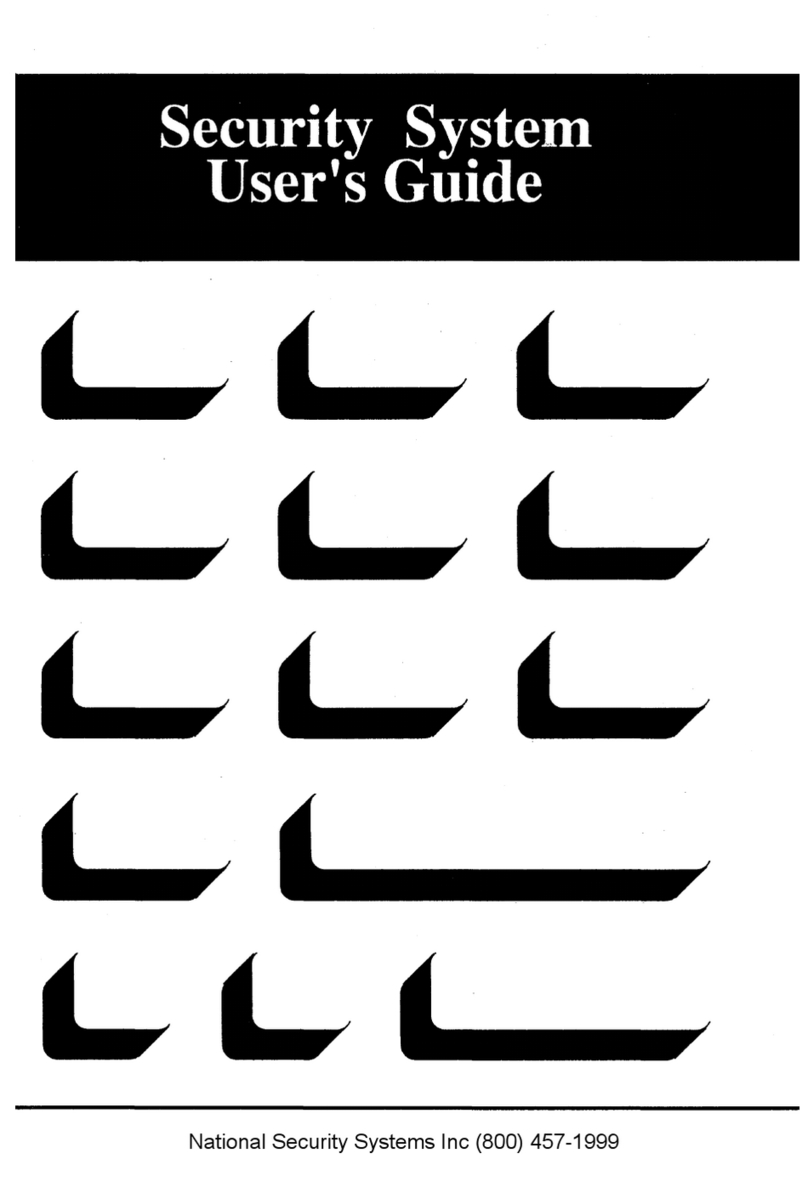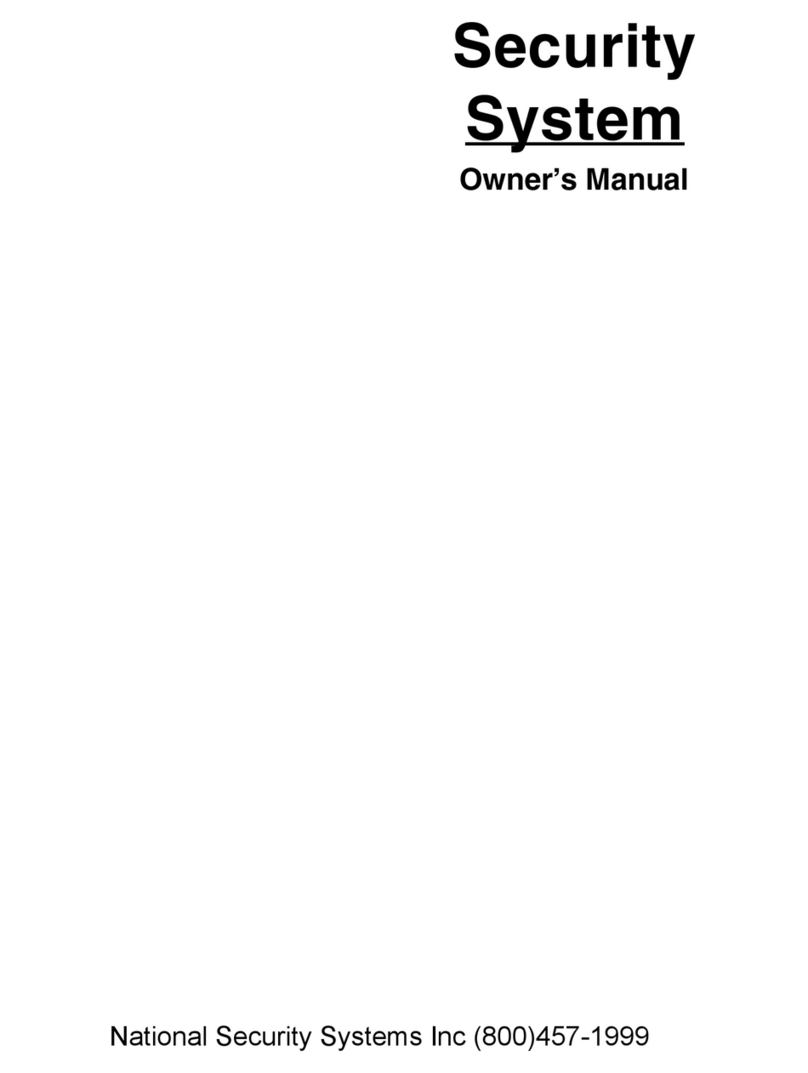
Bedroom
Bedroom
BedroomKitchen
Dining
Room
Living
Room Fire
Fire Safety
Residential fire is a leading cause of accidental death. Most fire related
deaths occur at night when the occupants suffocate in their sleep from
smoke and deadly gases, rather than from burns. To help reduce this
risk, the following three-step program should be implemented:
1. Minimize fire hazards around the home. Smoking in bed, cleaning
with flammable liquids such as gasoline, leaving children home
alone, and unsafe Holiday decorations are some of the more common
causes of household fire.
2. Install a fire warning system. The primary purpose of this system
is to protect lives, not property, by giving the earliest possible warning
of the danger. In the event of a fire, the alarm system generates
a loud intermittent tone distinctly different than a burglar alarm.
In homes with more than one sleeping area, a smoke detector (indicated
by an inverted "s" in a circle) should be provided to protect each area.
Bedroom
Bed-
room Bedroom
3. Plan and practice an escape plan. A fire alarm warning may be wasted
unless the family has planned for a quick evacuation. Because there
may be very little time between detection of a fire and the time it
becomes deadly, it is important that every member of the family
understand exactly what to do.
Possible escape routes through
open windows marked with
arrows.
Primary and alternate escape routes
should be established. Since
stairwells and hallways may be blocked during a fire, exiting through
a bedroom window at night should be an essential part of the escape plan.
If the sleeping area is above the ground floor, provide a means for safely
descending outside the building if one does not already exist.
As part of this plan, all family members should arrange to meet at a
predetermined location away from the house (such as a neighbors), to
verify that all are accounted for.
In Case of Fire
1. The primary purpose of a fire warning system is to protect lives.
In the event of a fire alarm, quickly leave the building and call the
fire department from a neighbor's or public telephone.
2. If it is determined the alarm was accidentally tripped, the bell should
be silenced, the detectors reset and your alarm company notified
immediately of the situation.
TV Room
Bedroom
DR KBR
Living Room
BR






























